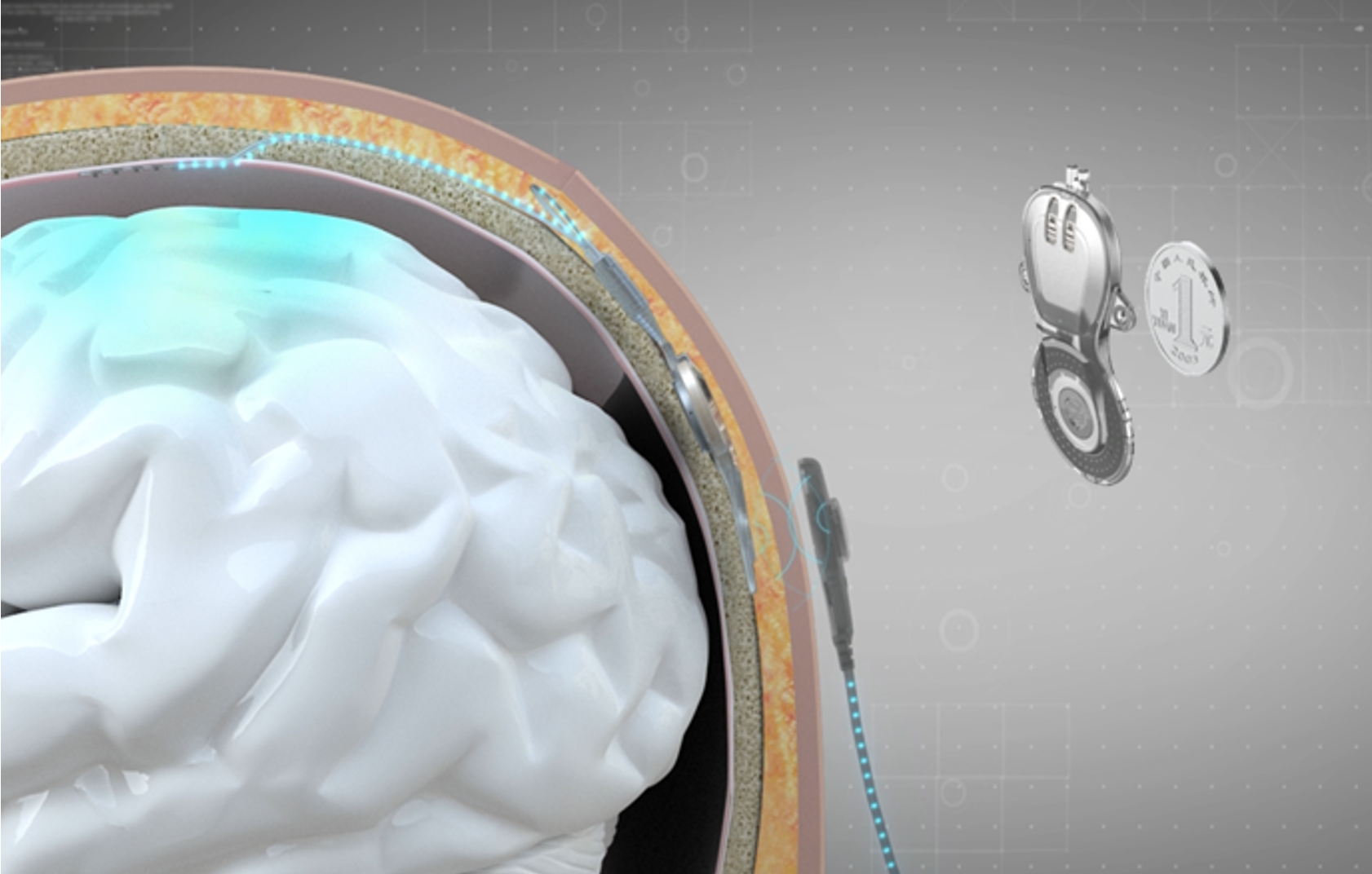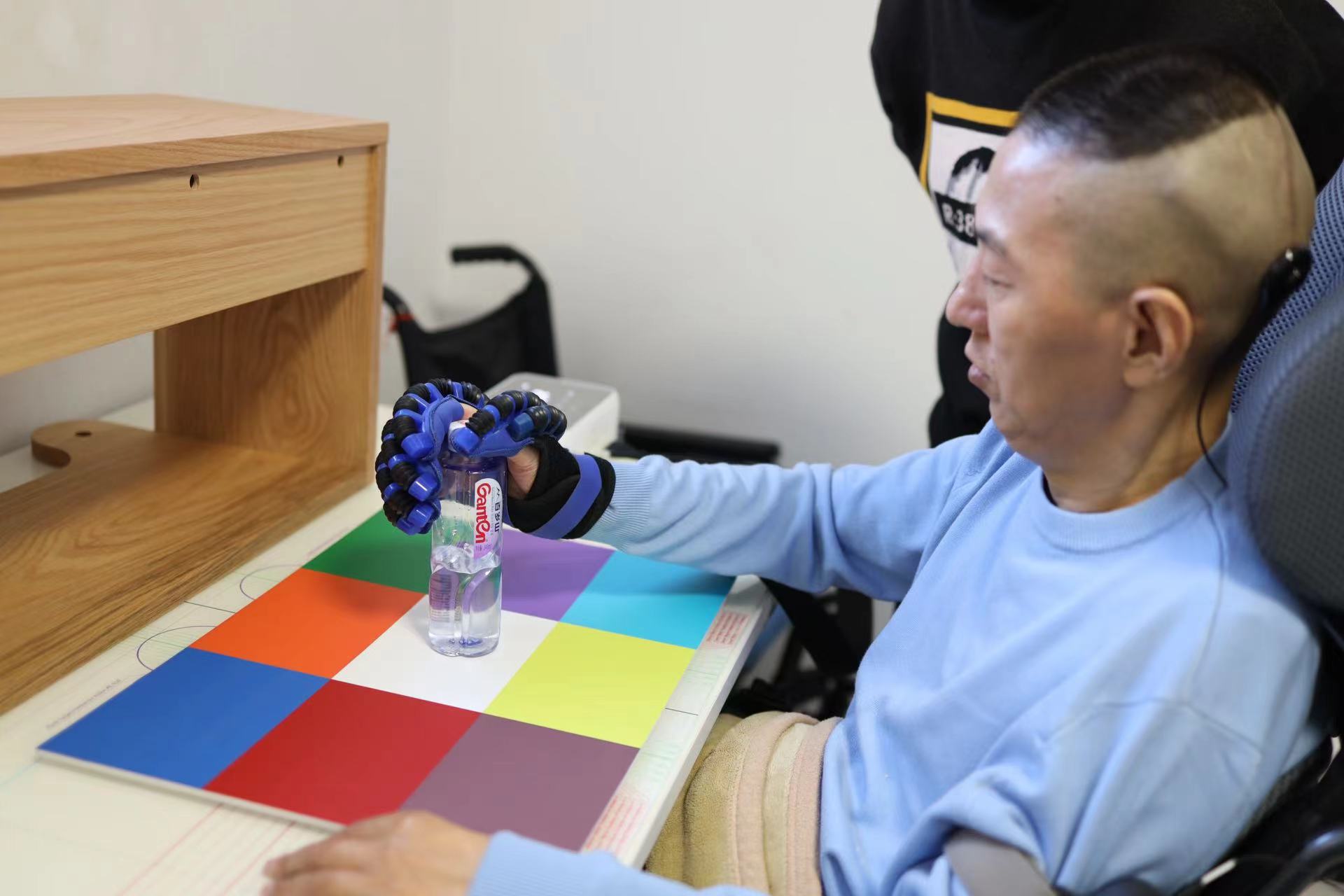An implanted brain-computer interface (BCI) can assist severely disabled persons in communication and active rehabilitation. Nevertheless, sustainable BCI implants require minimal invasiveness. A team led by Prof. Bo Hong from Tsinghua Medicine proposed the principle and design of a minimally invasive BCI in 2013. Over the past ten years, they have developed a miniaturized epidural BCI implant of 25mm-diameter size that can be fitted in the skull, with no battery included. Power was supplied remotely through inductive high-frequency antenna, and the epidural ECoG were transmitted wirelessly to the receiver attached outside the scalp. The NEO system has been tested on white pigs, demonstrating its capacity of stable long-term recording of epidural ECoG while keeping cortical neurons intact. Compared with BrainGate, Neuralink and other implanted BCIs, our NEO system has validated a new approach of balancing intracranial BCI performance and invasiveness.
With ensured minimal invasiveness and long-term safety, the clearance of clinical trials has been received for first-in-human study early in 2023. The first implantation of the NEO system was completed on October 24, 2023, in Beijing Xuanwu Hospital, and the second on December 19, 2023, in Beijing Tiantan Hospital. Both patients with spinal cord injury are expected to improve the motor functions of his hands with help of NEO BCI. The first patient became tetraplegic 14 years ago in a car accident. Implanted with NEO wireless BCI system, he has started BCI training at home and been successful in grasping a bottle with a prosthetic hand. With the help of a machine learning algorithm, the patient can independently eat and drink by himself. With further development of the system, the patient will be able to restore multiple hand movements and functions. The next phase of the study is to develop a new protocol of BCI facilitated active rehabilitation to accelerate neural growth at the site of damaged spinal cord segments.

Fig. 1 Wireless minimally invasive BCI – NEO system. Epi-dural electrode array are implanted in the skull above the functional localized area, collecting local field potentials, which makes neural tissues intact. The chips buried in the skull enable wireless power induction and signal transmission, which makes a no-battery implantation.

Fig. 2 The patient grasps a bottle using the NEO wireless BCI system and a prosthetic hand. Electrodes were implanted over his primary sensory and motor cortex (S1 and M1) to collect ECoG signals above the dura matter, while he attempted to grasp the bottle.
Editors: Li Han, Guo Lili